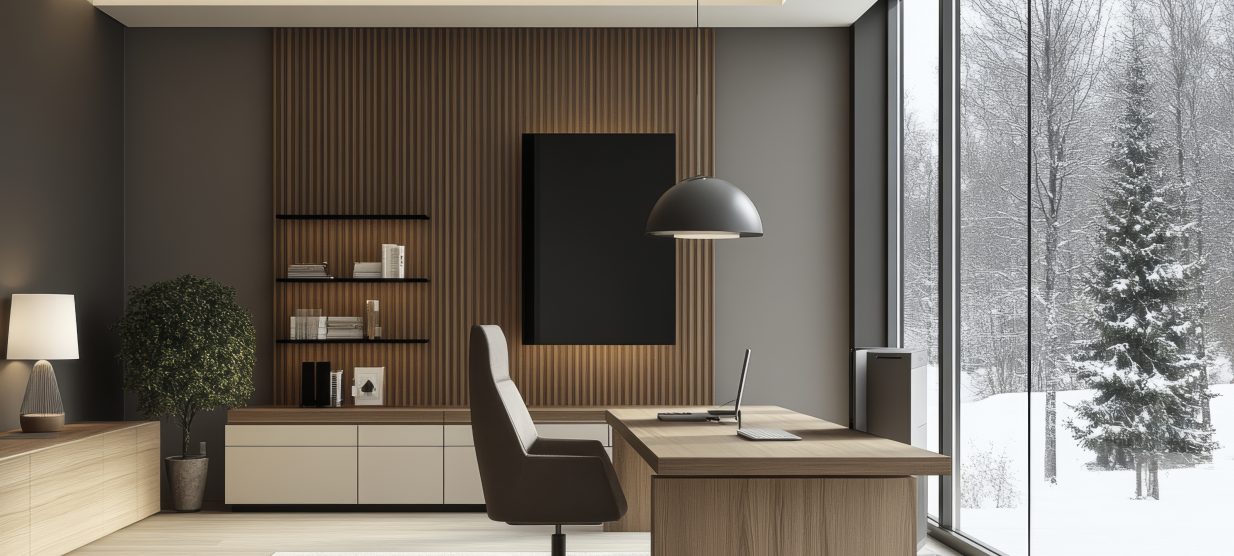Generational differences in office use, they can Generational Differences in Office Use: How Gen Z, Millennials, and Gen X Work Differently
Understanding generational differences in office use has become crucial for modern workplaces. As organizations bring together Gen Z, Millennials, and Gen X under one roof, it’s clear that each group approaches office life differently. These differences shape not only how teams collaborate but also how companies design office spaces. In fact, the way offices function today is often a direct reflection of these generational preferences. That’s why discussing generational differences in office use is essential for employers who want to create balanced, productive environments.
Gen Z: The Digital-Native Office Explorers
Gen Z, the youngest group in today’s workforce, views the office as more than just a place to sit at a desk. They grew up in a fully digital world, which makes them comfortable working remotely. Still, many prefer physical office spaces that encourage collaboration. Gen Z thrives in open-plan layouts, social hubs, and offices with technology at the core. They value flexibility, wellness features, and areas that feel less corporate and more like a creative lounge. For them, the office is a social connector, not just a workplace.
Millennials: Balancing Flexibility and Structure
Millennials brought the first big shift in how we think about the workplace. They entered offices during the rise of remote work and coworking culture. This generation values flexibility, but they also understand the need for structure. While they appreciate remote options, they see the office as a space for meaningful collaboration and networking. Offices that provide breakout rooms, wellness zones, and technology-driven meeting spaces tend to appeal to them. Millennials are also strong advocates for sustainable design, pushing companies toward eco-friendly office environments.
Gen X: Traditional Yet Adaptable
Gen X often acts as the bridge between traditional office norms and modern flexibility. They started their careers in workplaces where presence was tied to productivity. As a result, many still prefer private offices or cubicles where they can focus without distractions. At the same time, Gen X has adapted to digital tools and hybrid work models. They value efficiency, quiet spaces, and clear boundaries between work and personal life. Unlike Gen Z, who seeks social connections, Gen X sees the office mainly as a place to get tasks done effectively.
Bringing Generations Together in One Office
With three generations working side by side, offices face the challenge of meeting diverse needs. Employers are rethinking design to strike the right balance. Hybrid models allow Gen Z and Millennials to enjoy flexibility, while still offering Gen X the structure they prefer. Activity-based workspaces, quiet rooms, and collaborative zones ensure that everyone finds their comfort zone. When companies acknowledge build workplaces where all employees thrive.
Why These Differences Matter for Employers
Ignoring these generational contrasts can harm productivity and engagement. On the other hand, embracing them can strengthen teamwork and improve retention. An office designed with generational diversity in mind helps employees feel seen and valued. Whether it’s Gen Z’s love for collaboration, Millennials’ focus on balance, or Gen X’s preference for structure, each perspective brings value. Employers who adapt their spaces accordingly are more likely to foster innovation and long-term loyalty.
The modern office is no longer one-size-fits-all. By understanding and addressing generational differences in office use, companies can create spaces where Gen Z, Millennials, and Gen X all feel comfortable and motivated. In a world where workplace culture influences success, the ability to blend these generational needs is a true competitive advantage.

Do not hesitate to contact us
Get in touch, if you have any question


